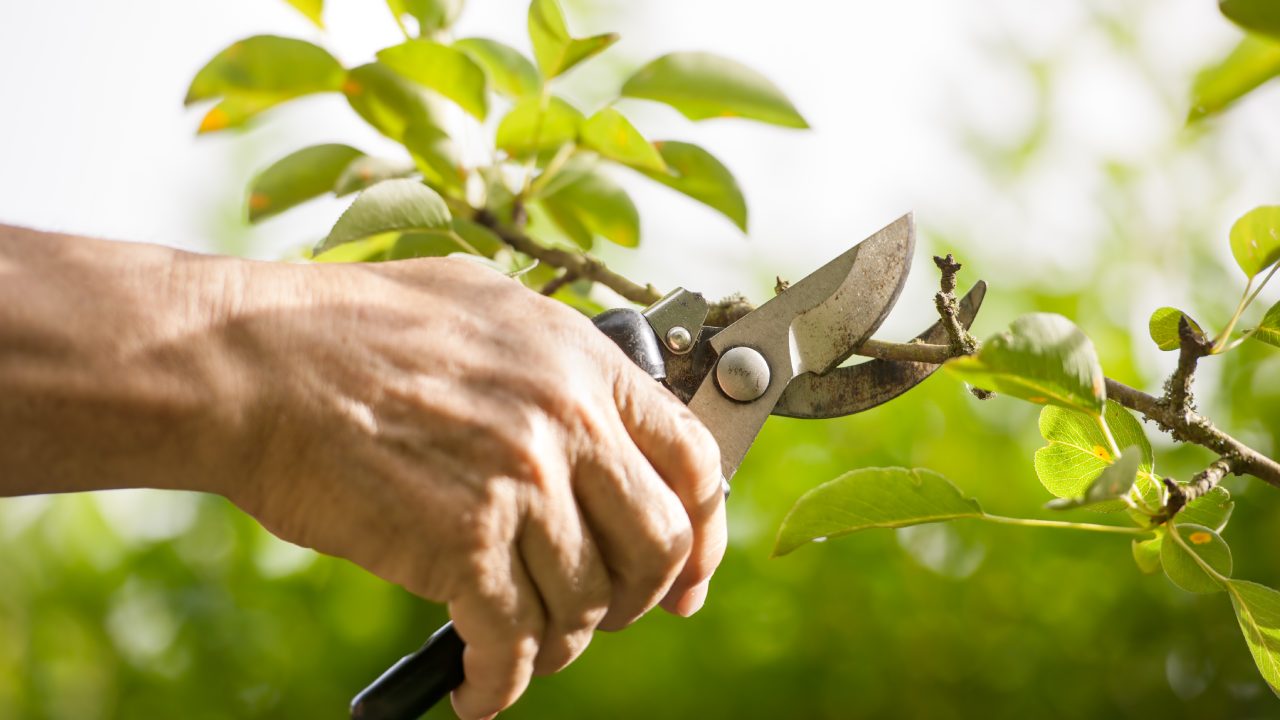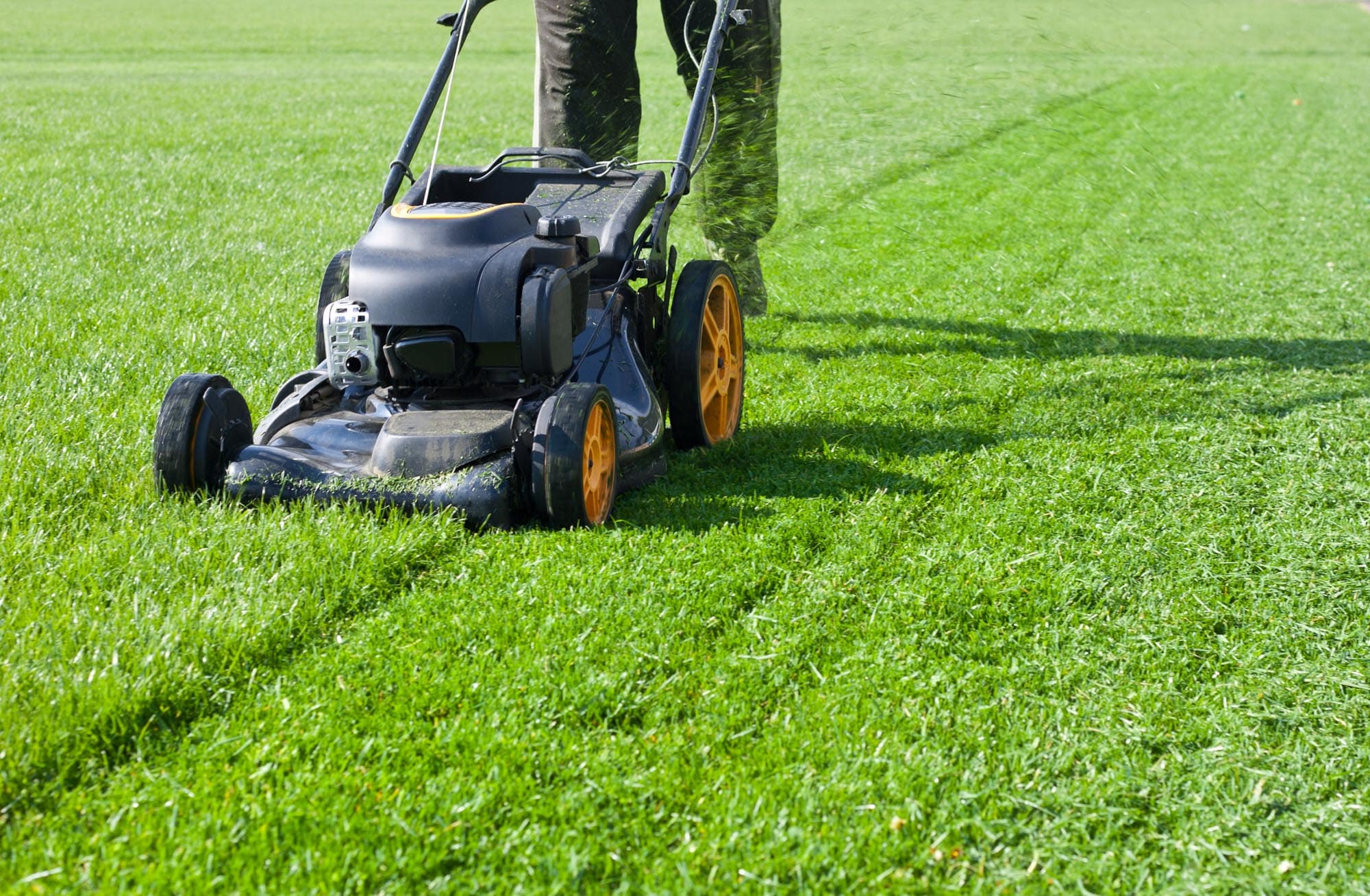Pruning improves the overall appearance of your garden and promotes healthy plant growth. When done correctly, it will be reflected in fuller foliage and more nutritious plants in the next growth cycle.
We will give you several tips if you need to know what to do during winter pruning.
1. You can’t just because
Pruning is essential for plant maintenance, and several reasons exist to prune a plant. It promotes bushier growth and prevents the plant from overgrowing. You should not prune a plant without some reason.
When you cut branches, you signal to the plant that you want it to maintain a specific size, preventing it from growing to its full potential. Pruned too early, a plant stunts its growth and affects its overall shape.
2. Prune lightly
Some people who do not have pruning experience can cut several branches at once. Plants need to acclimate to everything around them, from temperature and air humidity to soil moisture and pH. When several branches are cut at once, the plant can be traumatized.
Consequently, all their leaves may fall or stop bearing fruit, and the plants may enter a state of dormancy if they consider that their environment is not suitable for growth.
3. Choose a good time
Winter pruning can be an excellent time to reduce the size of the plant. Since most plants remain dormant in winter, they fill up again in spring. During this period, the plants are dormant and are not very likely to produce new leaves. If they germinate, it will be evident that the growth is much slower than during the spring and summer.
4. Keep your tools sharp
You should use something other than a faulty saw, axe, pruning shears, or chainsaw. You must ensure your tools are sharp and kept in top condition.
When pruning, you are making a wound in the plant.
5. Always disinfect between pruning sessions
When a wound is caused on plants, the plants may also be subject to disease. More significantly, plants may be subject to bacterial and fungal infections from your pruning tools. It is essential to disinfect any tool you use before using it on another to transfer microorganisms from one plant to another.
6. Pruning in stages
Winter pruning is like cutting your hair. It is done to maintain a particular shape. When pruning, take your time, step back, and observe the plant before making another cut.
7. Get a pruning professional
Winter pruning may seem like a straightforward DIY job. However, it can be more complicated than it is. Professional arborists implement several techniques to ensure that pruning does not affect your plant’s growth.




